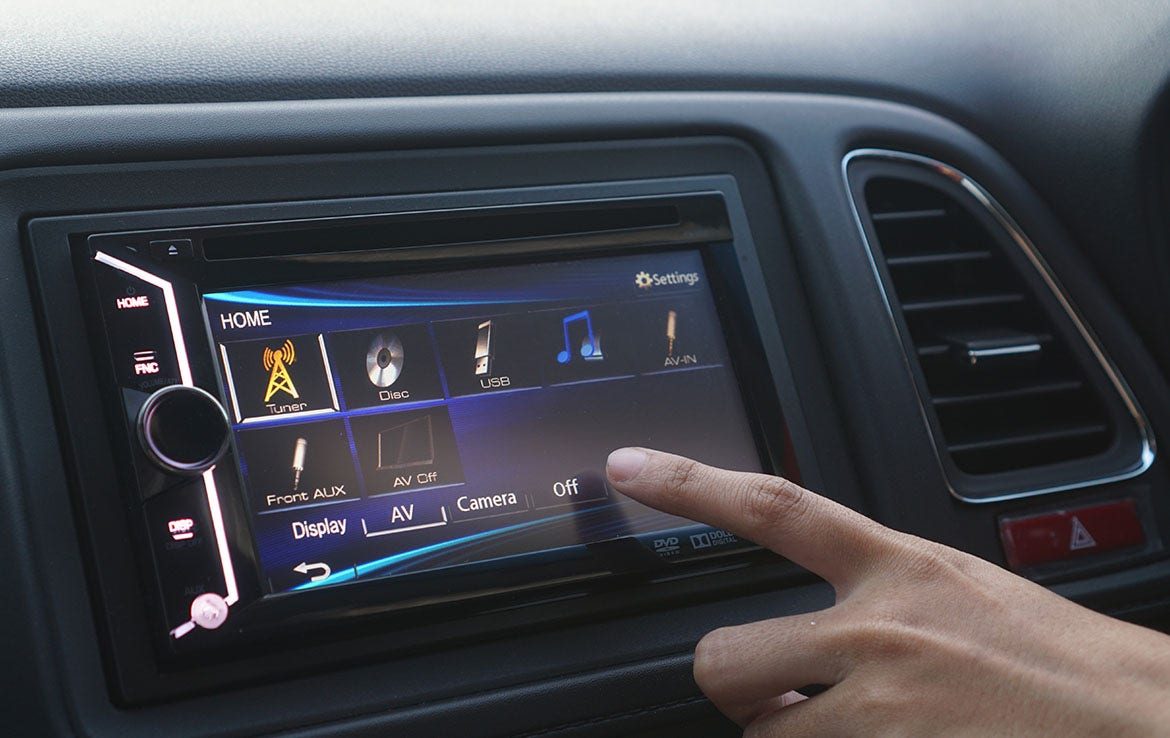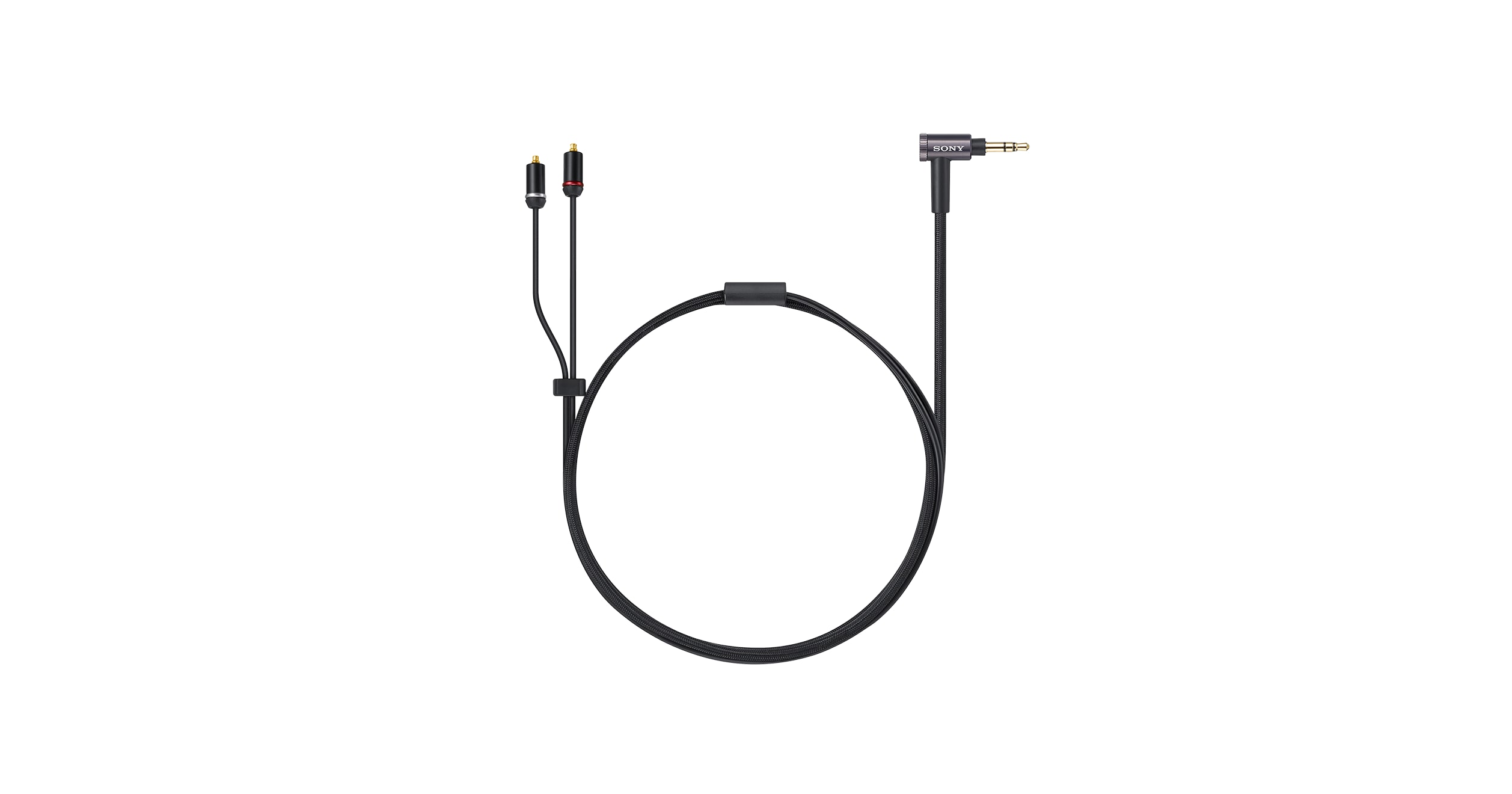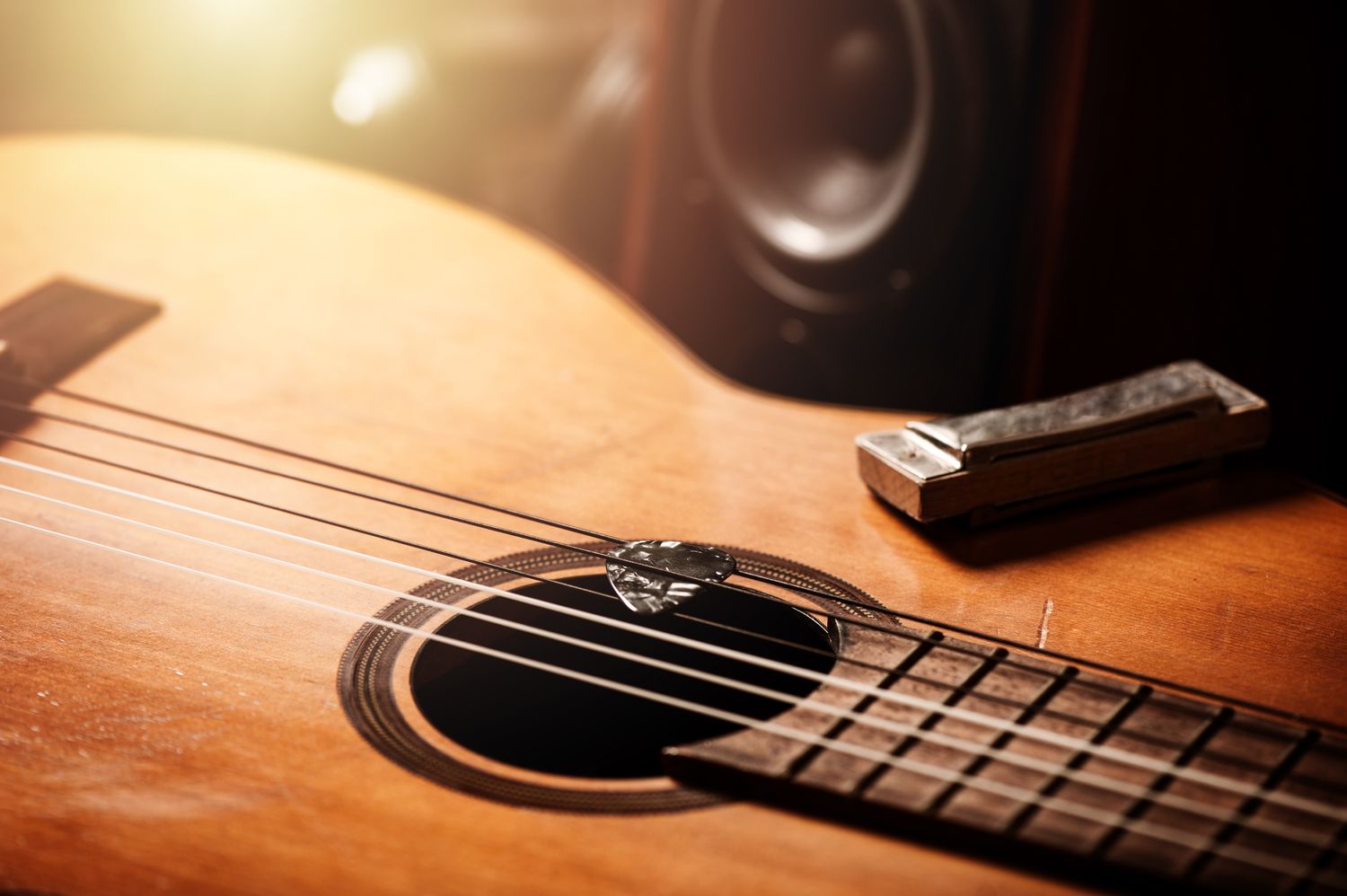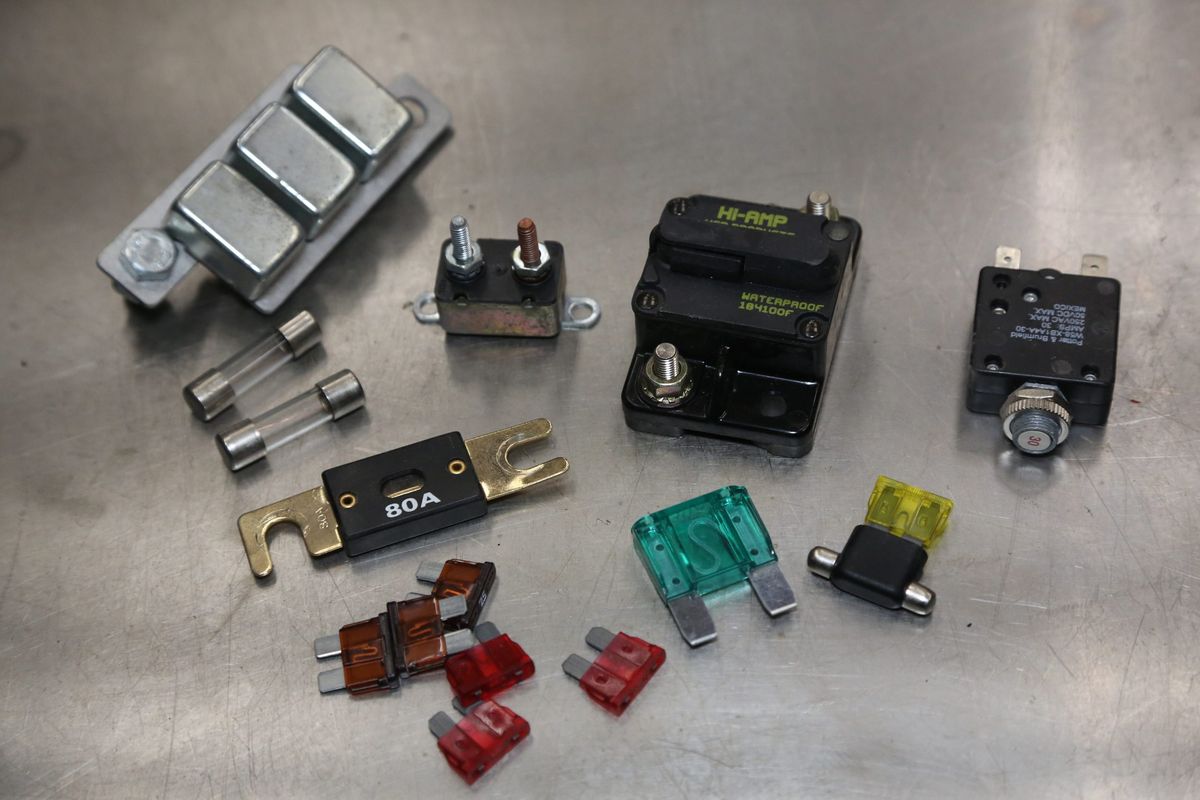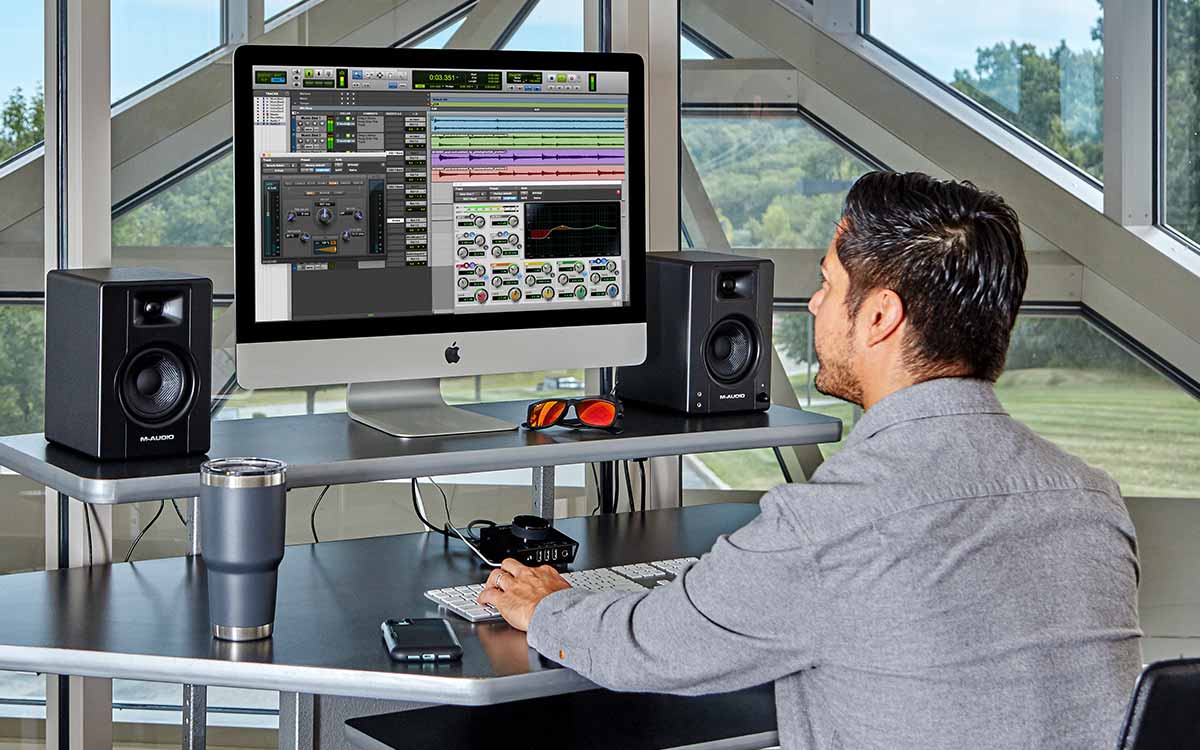Home>Devices & Equipment>Subwoofer>What Size Wire For Subwoofer
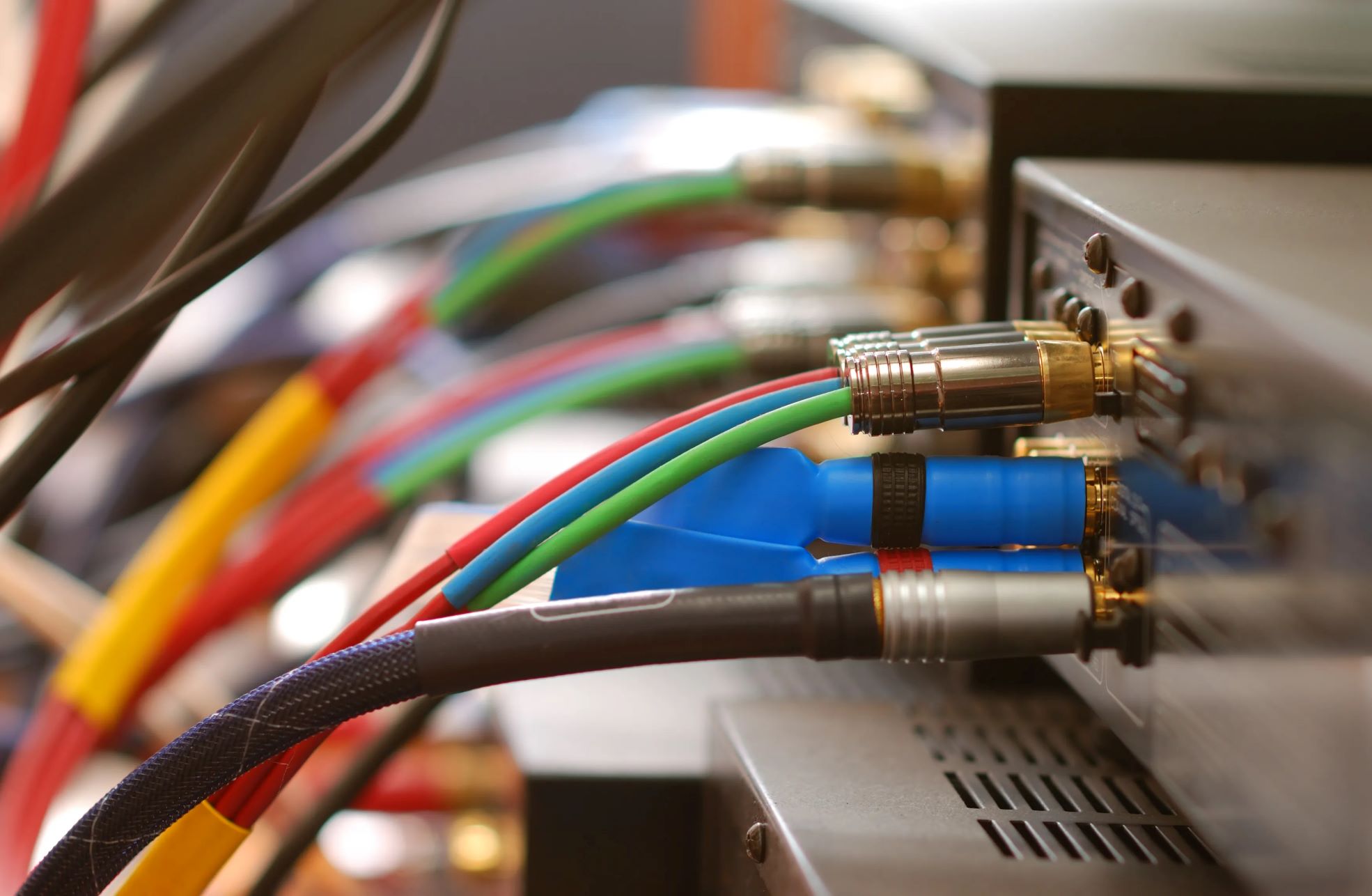

Subwoofer
What Size Wire For Subwoofer
Published: January 21, 2024
Find the perfect wire size for your subwoofer installation and enjoy optimal performance. Get expert advice on choosing the right wire gauge for your subwoofer system.
(Many of the links in this article redirect to a specific reviewed product. Your purchase of these products through affiliate links helps to generate commission for AudioLover.com, at no extra cost. Learn more)
Table of Contents
Introduction
Subwoofers are an essential component of any audio system, especially for music enthusiasts and avid movie viewers. They are designed to reproduce low-frequency sounds, adding depth, impact, and realism to the audio experience. When it comes to setting up a subwoofer, choosing the right wire size is crucial for ensuring optimal performance and preventing potential issues.
In this article, we will explore the importance of selecting the correct wire size for subwoofers. We’ll also discuss the factors you need to consider when determining the appropriate wire size and provide recommendations for different scenarios. Whether you are a professional audio installer or a DIY enthusiast, understanding the intricacies of subwoofer wiring will help you achieve the best sound quality.
Before diving into the details, let’s briefly discuss subwoofer wiring and its significance. Subwoofers require a reliable and efficient electrical connection to deliver the powerful, deep bass that they are known for. The wire connecting the amplifier to the subwoofer carries the electrical current needed for the subwoofer’s operation.
The right wire size ensures that enough power reaches the subwoofer without any impedance or current flow issues. It helps prevent power loss, distortion, and potential damage to the equipment. Choosing the correct wire size for your subwoofer setup can make a significant difference in the overall audio performance and longevity of your system.
Now that we understand the importance of wire sizing, let’s delve into the factors you should consider when determining the appropriate wire size for your subwoofer.
Understanding Subwoofer Wiring
Subwoofer wiring refers to the process of connecting the amplifier to the subwoofer using electrical wires. It involves ensuring a proper electrical connection that allows the subwoofer to receive the required power and deliver accurate bass frequencies.
Subwoofers typically have two or more voice coils, which are essentially wire coils that produce the necessary magnetic fields to move the subwoofer’s speaker cone. These voice coils need to be wired correctly to ensure that the subwoofer operates effectively.
There are two main wiring configurations for subwoofers: series and parallel. In a series wiring configuration, the positive terminal of one voice coil is connected to the negative terminal of the other voice coil. The remaining positive and negative terminals are then connected to the amplifier. This configuration increases the overall impedance and reduces the power the subwoofer receives.
In a parallel wiring configuration, all the positive terminals of the voice coils are connected together, and all the negative terminals are also connected together. The combined positive and negative terminals are then connected to the amplifier. This configuration reduces the overall impedance and allows the subwoofer to receive more power from the amplifier.
The wiring configuration you choose for your subwoofer depends on the impedance requirements of your amplifier and the number of available voice coils on the subwoofer. It is important to consult the specifications provided by the manufacturers of the amplifier and subwoofer to ensure you wire them correctly.
Additionally, it’s worth noting that some subwoofers have dual voice coils, meaning they have two separate sets of positive and negative terminals. These dual voice coil subwoofers provide more flexibility in terms of wiring options and can create impedance combinations that better match the amplifier’s capabilities.
Understanding subwoofer wiring is essential for determining the proper wire size. The wire size considerations will ensure that the electrical connection can handle the power requirements of the subwoofer setup and prevent any loss of performance or potential damage to the equipment.
Importance of Choosing the Right Wire Size
Choosing the right wire size for your subwoofer setup is crucial for several reasons. Let’s explore the importance of selecting the correct wire size:
- Energy Efficiency: The right wire size ensures efficient energy transfer from the amplifier to the subwoofer. Using an undersized wire can result in power loss due to resistance, which diminishes the overall audio quality and can strain the amplifier.
- Prevents Overheating: Inadequate wire size can lead to overheating. When a wire is too small to handle the electrical current, it can heat up, potentially melting the insulation or causing a short circuit. This not only poses a safety risk but can also damage the subwoofer or other components.
- Minimizes Voltage Drop: Voltage drop occurs when the electrical current encounters resistance in the wire. With an undersized wire, the voltage can drop significantly, resulting in less power reaching the subwoofer. This leads to reduced performance and compromised bass output.
- Prevents Distortion: Using the correct wire size minimizes the risk of distortion. Distortion can occur when the wire struggles to transmit the necessary electrical current, resulting in a distorted audio signal. By using an appropriately sized wire, you can ensure a clean and accurate sound reproduction.
- Protects Equipment: Choosing the right wire size helps protect the amplifier, subwoofer, and other audio components from damage. Proper wire sizing ensures that the electrical connections can handle the power demands without risking overheating or component failure.
Overall, selecting the right wire size for your subwoofer setup is essential for optimal performance, energy efficiency, and equipment longevity. It ensures that the electrical current can flow smoothly, preventing power loss, overheating, voltage drop, distortion, and potential damage to your valuable audio equipment.
Factors to Consider for Wire Sizing
When determining the appropriate wire size for your subwoofer setup, several factors need to be taken into consideration. These factors will help ensure that the wire can handle the power requirements of the system and maintain optimal performance. Here are the key factors to consider:
- Power Requirements: The power requirements of your subwoofer setup play a significant role in wire sizing. Higher-powered subwoofers demand thicker wires to handle the increased electrical current. Check the power specifications of your subwoofer and amplifier to determine the wattage and current requirements.
- Distance: The distance between the amplifier and the subwoofer is another crucial factor. Longer distances can result in increased resistance, leading to voltage drop and power loss. Consider the length of the wire needed and select a wire size that minimizes resistance and maintains sufficient power delivery.
- Impedance: The impedance of the subwoofer and amplifier also affects wire sizing. Impedance is a measure of the electrical resistance to current flow. Lower impedance subwoofers require thicker wires to handle the higher current flow. Refer to the impedance specifications of your subwoofer and amplifier to ensure compatibility.
- Gauge and AWG Rating: Wire gauge refers to the thickness of the wire, with a lower gauge number indicating thicker wire. The American Wire Gauge (AWG) rating system is commonly used for wire sizing. Higher gauge numbers represent thinner wires. Consider the AWG rating recommended by the manufacturer based on the power requirements and distance of your subwoofer setup.
- Wire Material: The material of the wire can impact its electrical conductivity and heat resistance. Copper wire is the most common and highly recommended for subwoofer setups due to its excellent conductivity. Copper-clad aluminum (CCA) wire is a more affordable alternative but has slightly higher resistance.
- Build Quality: Consider the build quality of the wire, including insulation and durability. Ensure the wire is designed for in-wall or outdoor use if necessary. High-quality wires with adequate insulation protect against potential damage and ensure reliable performance.
By considering these factors and matching the wire size to your specific subwoofer setup requirements, you can optimize power delivery, minimize resistance and voltage drop, and maintain the overall performance and longevity of your audio system.
Recommended Wire Size for Subwoofers
Choosing the right wire size is crucial for ensuring optimal performance and safety in your subwoofer setup. While the specific wire size may vary depending on the power requirements, distance, and impedance of your system, here are some general recommendations:
- 14-18 Gauge: For subwoofer systems with power ratings up to 250 watts and a distance of up to 20 feet, 14-18 gauge wire is typically sufficient. This wire size offers good conductivity and can handle moderate power levels effectively.
- 12-14 Gauge: For subwoofer systems with power ratings between 250 and 500 watts and a distance of 20 to 40 feet, 12-14 gauge wire is recommended. This wire size provides lower resistance, allowing for more efficient power delivery.
- 10-12 Gauge: For high-powered subwoofer systems with power ratings between 500 and 1000 watts and a distance of 40 to 80 feet, 10-12 gauge wire is appropriate. This thicker wire size ensures minimal power loss over longer distances.
- 8-10 Gauge: For extreme subwoofer systems with power ratings above 1000 watts and a distance exceeding 80 feet, 8-10 gauge wire is necessary. This heavy-duty wire size can handle high current demands and minimize voltage drop over extended distances.
Remember that these recommendations are general guidelines, and it is essential to consider the specific requirements of your subwoofer system. Always refer to the manufacturer’s specifications and guidelines for accurate wire sizing recommendations.
Additionally, it’s worth noting that bi-wiring or bi-amping configurations may require separate wires for different frequency ranges. In such cases, it is recommended to consult with a professional installer to determine the appropriate wire size and configuration for your specific setup.
By using the recommended wire size for your subwoofer, you can ensure optimal power transfer, minimize resistance and voltage drop, and maximize the performance of your subwoofer system for an immersive audio experience.
Common Wire Sizes and Their Applications
Wire sizes are typically identified by their gauge, which represents the thickness of the wire. Different wire sizes are suitable for various applications, including subwoofer setups. Here are some common wire sizes and their typical applications:
- 20-24 Gauge: These thin wire sizes are commonly used for low-power applications and signal wiring, such as connecting speakers with low wattage amplifiers or for small audio devices.
- 18-16 Gauge: These wire sizes are versatile and commonly used for general-purpose applications. They are suitable for low to medium-power audio setups, including some subwoofer systems with lower power requirements.
- 14-12 Gauge: These medium-sized wire sizes are frequently used for higher power audio systems. They are suitable for most subwoofer setups, providing sufficient power transfer and minimizing resistance over moderate distances.
- 10 Gauge and below: These thicker wire sizes are used for high-powered audio systems. They are ideal for large subwoofer setups that demand high current flow, such as in car audio installations or high-end home theater systems with substantial power requirements.
It’s important to note that the specific wire size needed for your subwoofer setup depends on various factors, including power requirements, distance, and impedance. Always refer to the manufacturer’s recommendations and guidelines to ensure you choose the appropriate wire size for your specific application.
Additionally, consider using oxygen-free copper (OFC) wires for the best conductivity. OFC wires offer superior electrical performance compared to copper-clad aluminum (CCA) wires, minimizing resistance and maximizing power transfer.
Remember, selecting the right wire size is essential for ensuring optimal audio performance, minimizing voltage drop, and preventing potential damage to your subwoofer and amplifier. Proper wire sizing ensures that your subwoofer setup can deliver the powerful and impactful bass that enhances your audio experience.
DIY Wire Sizing Guide
If you prefer a hands-on approach and want to determine the appropriate wire size for your subwoofer setup, you can use a simple DIY wire sizing guide. By following these steps, you can ensure the wire size matches your system’s requirements:
- Check Power Requirements: Determine the power rating of your subwoofer and amplifier. This information is typically provided in the product specifications or user manual. Note down the wattage or power rating.
- Measure Distance: Measure the distance between your amplifier and subwoofer. This measurement will help determine the wire length and the potential resistance over the length of the wire.
- Consult Wire Size Charts: Look up wire size charts or online calculators that consider both power requirements and distance. These resources will provide you with recommended wire sizes based on the wattage and distance of your setup.
- Consider Impedance: Take into account the impedance of your subwoofer and amplifier. Refer to their specifications and ensure that the recommended wire size corresponds to the appropriate impedance range.
- Select a Wire Gauge: Based on the recommendations from the wire size charts and considering the power requirements, distance, and impedance, select the appropriate wire size for your subwoofer setup. Choose a gauge that meets or exceeds the requirements to ensure optimal performance.
- Choose Quality Wire: Select high-quality wire that is suitable for in-wall or outdoor use, depending on your installation requirements. Look for oxygen-free copper (OFC) wires for improved conductivity and durability.
- Double-check Specifications: Always double-check the specifications and guidelines provided by the manufacturers of your subwoofer and amplifier to ensure compatibility and adherence to their recommendations.
By following this DIY wire sizing guide, you can confidently choose the appropriate wire gauge for your subwoofer setup. Remember, accurate wire sizing is crucial for optimal power transfer, minimal resistance, and excellent audio performance.
Conclusion
Choosing the right wire size for your subwoofer setup is essential for achieving optimal performance, minimizing power loss, and ensuring the longevity of your audio system. Whether you’re a professional installer or a DIY enthusiast, understanding the intricacies of subwoofer wiring and wire sizing is crucial.
In this article, we discussed the importance of selecting the correct wire size for subwoofers and the factors to consider when determining the appropriate wire gauge. We also provided recommendations for different power requirements and distances, as well as common wire sizes and their applications.
Remember to consider factors such as power requirements, distance, impedance, and wire material when choosing the wire size. Consult wire size charts or online calculators for additional guidance, and always refer to the manufacturer’s specifications for accurate recommendations.
By using the recommended wire size, you can ensure efficient power transfer, minimize voltage drop, and prevent issues such as distortion, overheating, and equipment damage. Additionally, using high-quality wire and proper wiring configurations will contribute to the overall audio performance and enhance your listening experience.
Whether you’re setting up a subwoofer for your home theater, car audio system, or professional audio installation, taking the time to properly size and select the wire is a crucial step for achieving exceptional bass reproduction and enjoying the full potential of your subwoofer.
Investing in the right wire size may seem like a small detail, but it can have a significant impact on the overall audio quality and the lifespan of your subwoofer setup. So, take the time to choose the appropriate wire gauge and enjoy a rich, powerful bass experience in your audio system for years to come.


